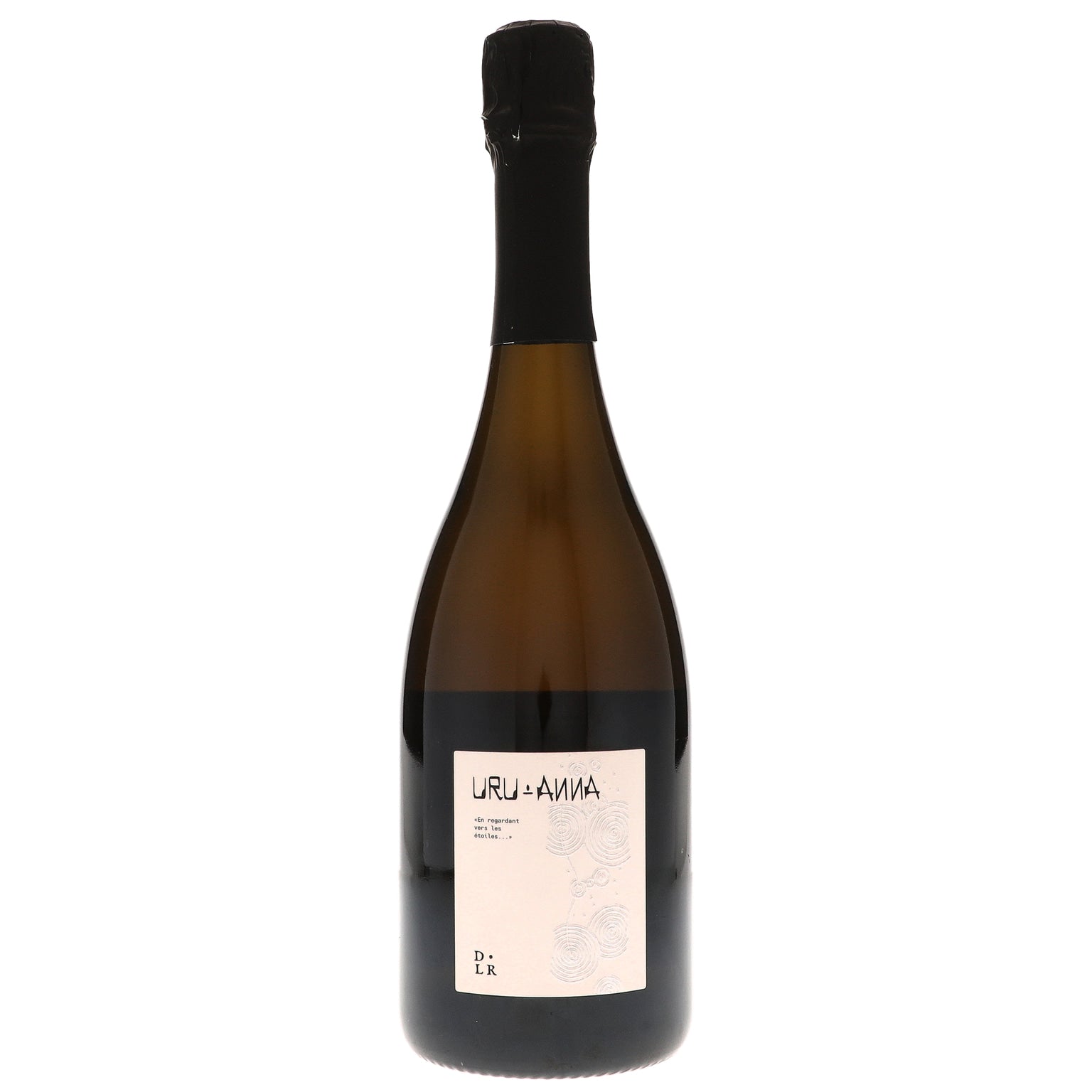Domaine de la Reniere
Add to Favorites
Please Log In
Log in or sign up to add this producer to favorites.
5 products
There is a lot of excitement about the Puy-Notre-Dame Appelation, with its tuffeau soils and a slightly higher elevation than the rest of Samur. This unique environment has built a thriving community of vignerons and is what brought Thibault Masse to the region. With his partner,Guillame Potevin, he purchased the historic estate of Domaine de La Reniere, to breathe new life into the estate and elevate the Chenin Blanc and Cabernet France varieties.
La Renière was established in 1631. Before becoming a wine estate, the place was a farm that already belonged to the Gay family. Thibaud became the first person outside the family to take over the estate but is quick to assert that many generations came before him. Now, just a few years in, Thibault is pushing the estate closer to its potential, converting its vineyards to organics and focusing on Chenin Blanc and Cabernet Franc.
AOC Saumur Puy-Notre-Dame is the most recent Saumur appellations, obtaining its AOC status in 2009, exclusively for red, following two decades of struggles and initiatives from the community’s wine growers. The village is 20 km south of the Loire (and Saumur) and sits on a hill of tuffeau, the highest point (at 106m) in the entire region. Puy comes from the Celtic “Peuch” which means small mountain. The vineyard soils are between 50 and 105 meters above sea level, well-sheltered from spring frosts. They are mainly on Turonian (chalk-tuffeau) and Jurassic, and Eocene limestones, which constitute plateaus dominated by thin stony soils.
The Renière estate extends over 18 hectares, at the end of Puy-Notre-Dame, near Saumur (Maine-et-Loire). It is mainly planted with Chenin Blanc, Cabernet Franc with a little Chardonnay, on a tuffeau chalk soil.
Thibault has planted fruit trees, hedges, etc to increase biodiversity. He is keeping tall grasses to retain water now with hotter vintages. Vinification for whites is done using indigenous yeast fermentations in stainless steel tanks. No malolactic is permitted. The wine ages in stainless steel, barrels, and/or sandstone amphora.
For the reds, the grapes are 100% de-stemmed, and an indigenous yeast fermentation follows a short maceration in stainless steel. The wine finishes aging in stainless steel, barrels, and/or demi-muids.










